Spend a day surrounded by nature and birdsong at this beautiful tract of native forest just minutes from central Wellington. The Zealandia Eco-Sanctuary is the ideal place to learn about New Zealand birds but this is a must-do for everyone visiting Wellington, not just the birders.

The opportunity to experience nature and the local wildlife is something we enjoy both locally in Australia and when we travel. Wellington, the capital city of New Zealand, offers a unique opportunity to see native New Zealand birds and reptiles in the wild only a few minutes from the Wellington city centre.
We were amazed at the diversity of wildlife, intense birdsong and how good it was to be back in the New Zealand bush. It’s a fabulous spot just to be present in nature for a while, especially if your trip doesn’t have time to take on some of New Zealand’s exceptional hiking trails.
Table of Contents
Getting to Zealandia
After breakfast in the city centre, we headed over to the cable car station. For a ticket price of $5, you can take a ride with a view through to the terminal station at the top of the Botanic Gardens. It’s only a few steps from here to the pickup point for the Zealandia shuttle.
The first shuttle pickup is at 9 am and we made sure we were ready for that one so we could have as much time as we wanted to explore the sanctuary during the day. The shuttle is free and in keeping with its environmental objectives, it’s the only fully electric shuttle in Australasia. Ten minutes later we were booked onto the first tour of the day starting at 10 and having an initial look around. If you do head in early you can make the most of this peaceful time when the birds are really active.
Book Zealandia Ticket | Book day tour ticket | Book night tour ticket
Getting the most from your Zealandia Sanctuary visit
While you can visit the sanctuary and explore on your own, the 2-hour guided tour will take you on a walking tour around key tracks. Your guide points out the native wildlife, the best spots and habitat for spotting different things, how to identify some of the birds and answers questions about the sanctuary and what you will potentially see there.
With limited time we decided to do the tour but even if you lived locally and got an annual pass I think it could be well worth doing the tour at least once. There’s a lot you can learn from the guides, even after having lived in New Zealand most of my life I picked up some things I didn’t know and certainly got to see a few of the inhabitants that I might have missed otherwise. We also got great value with our tour going for closer to 3 hours than 2.
The entry ticket is $19.50 or inclusive of the tour $55. There is also an option for a night tour after the park has closed that I would love to do one day with so many of the local birds, including the elusive Little Spotted Kiwi being nocturnal. Something I wasn’t aware of until we purchased our ticket is that you can visit the following day for free by re-presenting your ticket.
We didn’t have enough time in our schedule to allocate a second day this time but it’s worth keeping in mind. Despite arriving on the first shuttle of the day we were still among the last to leave on the 4.50 pm shuttle with the park closing at 5 pm.
The vision
A quick snap out of the window over Wellington harbour as we flew out gives an idea of just how beautiful and green Wellington is and why the Zealandia Sanctuary 500 year vision is so important to protect this clean green land.
The Zealandia Sanctuary is a true sanctuary, not a bird park. They have a 500-year plan for this impressive tract of land to restore the forest floor and freshwater ecosystem to a pre-settler state in that time. With the exception of a small stand of pine, most of the flora is already native as are the birds and reptiles that live here.
Similar reserves are often established on islands giving them a natural barrier but here the 225 hectares had to be fenced with advanced predator fencing both above ground and buried deep to prevent access to burrowing critters.
New Zealand is part of the landmass of Zealandia from which the eco-sanctuary takes its name. Most of this continent still sits under the sea. It was formed as we know it today around 1.8 million years ago when the Southern Alps rose 1000’s metres out of the ocean and a mass of violent volcanic activity took place. The ice age that followed formed glaciers that carved out the dramatic landscape of valleys and lakes.
There were no mammals in New Zealand, either animal or human, for the majority of its history. Human settlement is relatively recent. The Maori and Moriori People both came to New Zealand around 1300 from Polynesia, and European settlers followed in 1642. Both waves of settlement brought mammals that threatened New Zealand’s established native bird and reptile populations.
The Kiore or Polynesia rat is a massive threat having been introduced as a food source by early Maori settlers. With the Europeans came many more, the Norway rat, weasels, ferrets, cats, stoats and possums. Fencing was one thing but eradicating predators within the grounds humanely and without harm to the precious and often endangered native species was a massive challenge.
You can learn more about the geological formation of New Zealand, its native wildlife and how they turned Wellington’s original reservoir system into this impressive eco-sanctuary in an engaging audio-visual display at Zealandia. You are taken through it as the first part of your guided tour but if you are setting your own pace I’d highly recommend setting aside a little time to see it.
The property still has the upper and lower reservoir lakes and the old gothic style gear tower on the lower lake. A building has also been constructed at the entrance to house the cafe, shop, ticket desk, discovery centre and other facilities. Beyond that, it’s nature at its best.
They have graded the main path to provide a degree of accessibility but there are loads of dirt tracks that run off into the hillside, the Wellington hills have a high rainfall so it can be a bit muddy and you’ll want to wear appropriate shoes but for the main trails, you’ll be fine in sneakers or similar flat footwear.
Some of the New Zealand birds at Zealandia
In New Zealand, most birds have 3 names, their common name, their Maori name and their scientific name. Sometimes the common and Maori names are the same and where they have both many New Zealanders will use them interchangeably.
The Tui is always a favourite. The sanctuary has boosted the population of these right around Wellington significantly. We were really pleased to spot them frequently throughout the city parks and gardens over the next few days.
The orange colour in the feathers at the base of the Tui’s beak that you can see in the photo above isn’t part of its natural colouring although you will often see it there. These birds love to feed on pollen sticking as much of their head as possible inside one of their favourite feasts, the flax flower. The pollen dust is deeply pigmented and stains their feathers giving them this golden glow that beautifully complements their teal colouring.
The other distinctive feature of this New Zealand bird is its white bib. There’s actually a Maori legend about how the Tui got its chest feathers that we all learned as children. It’s the story of how the Kiwi lost his wings. Tane Mahuta, God of the forest was concerned about the bugs damaging his trees and the birds were asked to help out by giving up their wings and living on the forest floor.
The Tui refused and said the forest floor was dark and he was scared of the dark. Tane Mahuta punished all Tuis from that day on for being cowards and makes them wear the two white chest feathers so everyone will know.
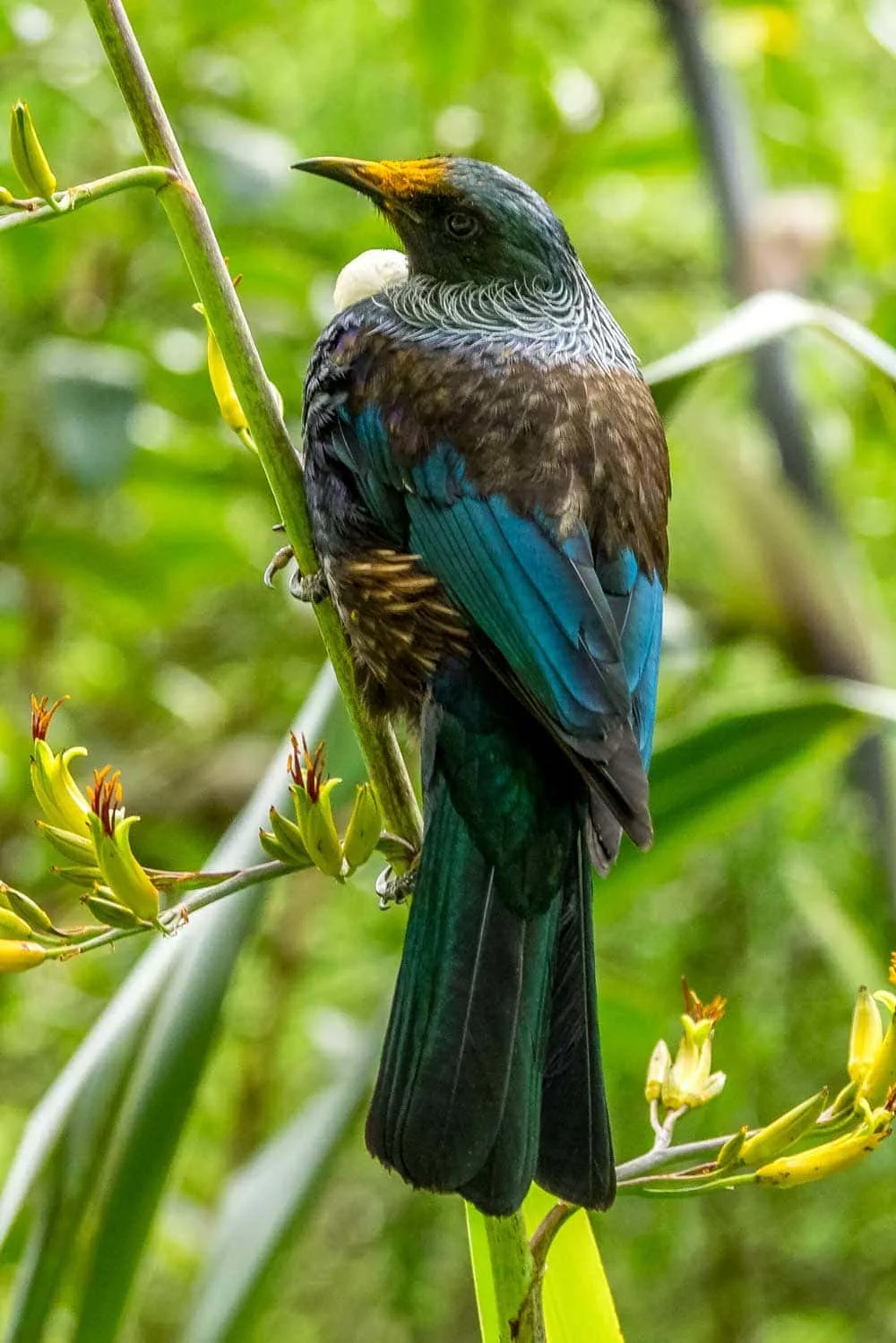
Another bird that Zealandia Sanctuary has had huge success with is the Saddleback. The medium-sized bird is readily recognised with its glossy back feathers with a russet saddle across its back, as a wattlebird you’ll also notice a bright red wattle on either side of its beak.
The North Island Saddleback is one of New Zealand’s most remarkable conservation stories. It came very close to extinction getting as low as a single population on an island in the Hen and Chickens group. Extensive conservation work has been undertaken since the 1960s and now there are a solid number of populations dispersed amongst island and mainland sanctuaries including Zealandia.
In 2017 there was the first confirmed successful hatching of saddleback chicks in Wellington outside the sanctuary, a huge reason for celebration.
The Wood Pigeon (or Kereru in Maori) is another one of my favourites and I always feel blessed to see these beauties. When we lived in Auckland there was one that regularly gave me a fright as it crash-landed in the tree outside my bathroom window to gorge on berries. They are solid birds and often come to a halt several branches below the one they originally intended.
The feathers on their head and neck are jewel-toned and come across as almost holographic when you see the sun hit them on an open branch.
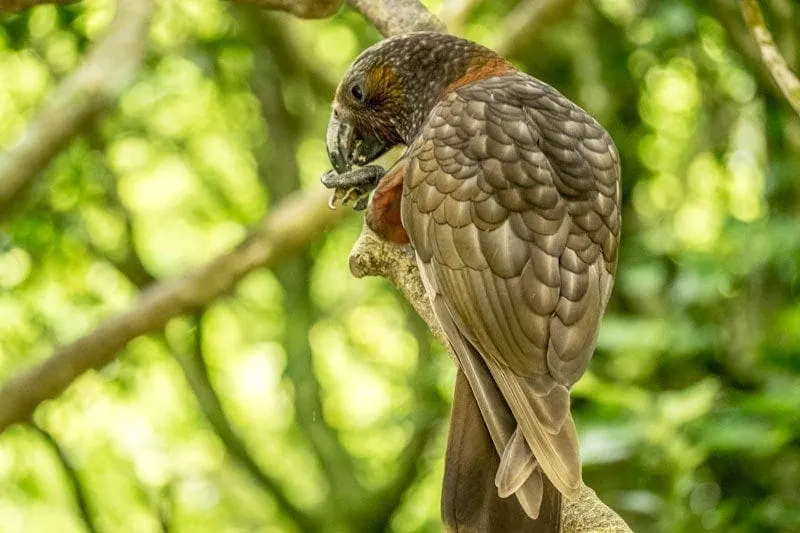
The Kaka is a mid-sized parrot that lives in the forests across New Zealand. They are on the endangered list too but are breeding well in the reserve. This is one of the birds that is fed at a feeding station in the park, my understanding is that this isn’t intended to continue indefinitely but is in place to deal with the lack of food that results from the deforestation that has put them on the endangered list.
There are also a couple of feeding stations for the small honeyeaters. At these we were able to spot Ensuring the correct food is available and in the correct quantities to ensure the birds remain wild but adequately fed is managed by experienced staff, it’s not recommended that you feed birds at home. If you want to find things you can do to bring native birds to your New Zealand garden the Zealandia team have some tips on their website.
Zealandia has over 40 different birds that are seen within the eco-sanctuary and many of them are endemic meaning that New Zealand is the only place in the world they are found.
Tuatara, a first for us
Something I was very excited to see at Zealandia was a Tuatara and I may have missed my first one if we hadn’t had the guide. We were lucky enough to see several of different ages and sizes during our day here. The tuataras were brought into the sanctuary as part of the conservation programme and now live wild in the burrows they have established on the hillside.
It was hoped the endangered species will continue to strengthen and diversify the population and in 2008 that eventuated when the first baby tuatara hatched on the mainland in over 200 years.
They truly are fascinating creatures, they aren’t a lizard as many assume. The species originated some 200 million years ago in the time of the dinosaur and has changed very little over that time which is why they are often considered living fossils.
Their DNA sequence is extremely complex and almost twice the size of a human. Another interesting feature is that as hatchlings they have a visible third eye that is located on the top of their head. After a few months, this eye is covered over by its scales. It’s connected directly to their brain and research indicates it’s not for vision but is connected to circadian rhythm and temperature regulation.
Visitor information and facilities
Rata Cafe
When we returned from our tour we decided to go in search of lunch and a cuppa before heading back out to walk some of the tracks on our own.
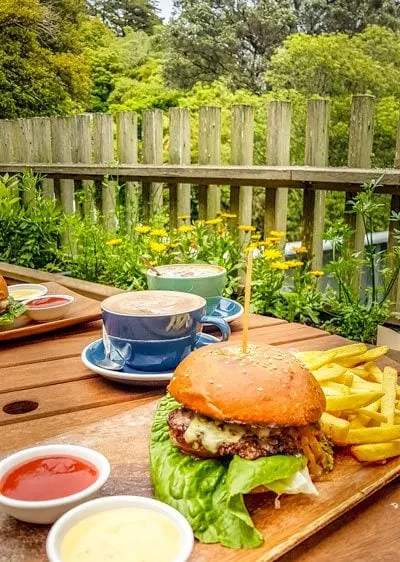
The Rata Cafe was a pleasant surprise. Often the food options with a captive customer base are disappointing but this was an exception. While we did choose the burger option but there were plenty of other choices including gluten-free and vegan.
The burger patties are made in-house with kawakawa pesto. Kawakawa is an endemic plant so it ticked my box for trying local and indigenous food, plus it was juicy and delicious.
There’s also caramelised onion, tomato and Swiss cheese inside the brioche bun and it comes with a side of chips. New Zealand really does do the best fries.
I’ve included a link if you want to take a look at the menu options. Not sponsored, just one of the best tourist attraction cafes we’ve experienced.
There’s indoor and outdoor seating and we timed it right for this great table with a view. We also had a visit from an inquisitive Kaka part way through so do be prepared to protect the birds from themselves and defend your lunch. It’s highly unlikely that anyone would feed human food to a bird here but he was still going to try it on with all the cuteness he could muster.
Not only do proceeds from the cafe go back into the Trust to continue the vision but they also commit to the environment in other ways including biodegradable packaging, safe cleaning products and composting all food waste, napkins, & coffee grinds. They have their own organic vegetable garden onsite that produces herbs and vegetables used in the cafe and beyond that, they source produce locally as much as possible.
Opening hours, times and tickets
Zealandia Eco-Sanctuary is open every day of the year except Christmas Day. Gates open at 9 am with the last entry at 4 pm and gates closing at 5 pm. The cafe also opens at 9 am.
Book Zealandia ticket | Book day tour ticket | Book night tour ticket
To plan your way around there’s a digital map and you’ll receive a paper copy when you arrive. The main track is a must and will take 1-2 hours, or more depending on how often you stop. Then there is a range of additional tracks that you won’t be able to complete all in one day.
Some are short detours, quite a few are wheelchair accessible, and then there are hiking tracks (tramping in New Zealand) that are going to require a higher level of fitness and footwear.
We highly recommend a visit to the Zealandia Sanctuary when visiting Wellington, whether you come for a few hours or squeeze the full 2 days from your ticket there is more than enough to do for anyone who loves nature and being outdoors.
If you found this article useful please consider saving it to Pinterest. It makes it easy for you to find it again, it helps us, and it helps other travellers to find the information they are looking for.
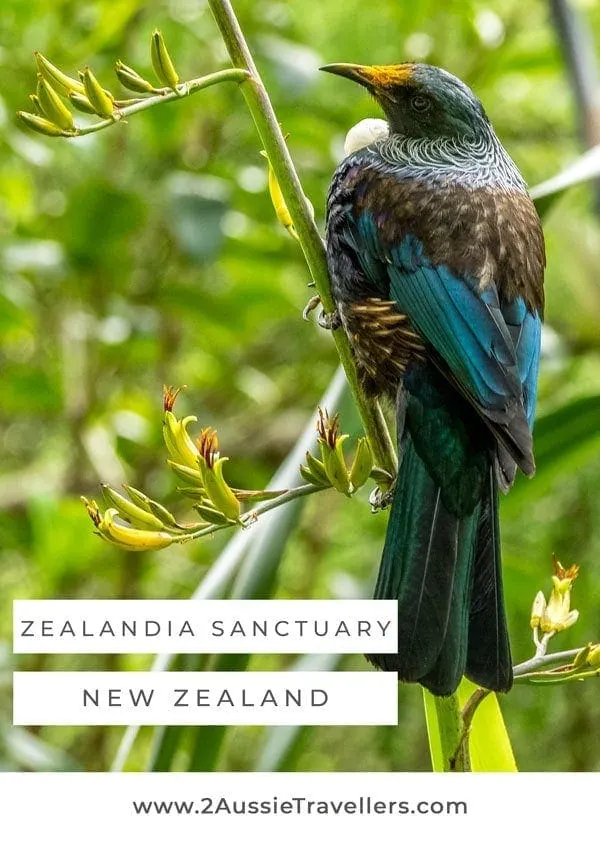
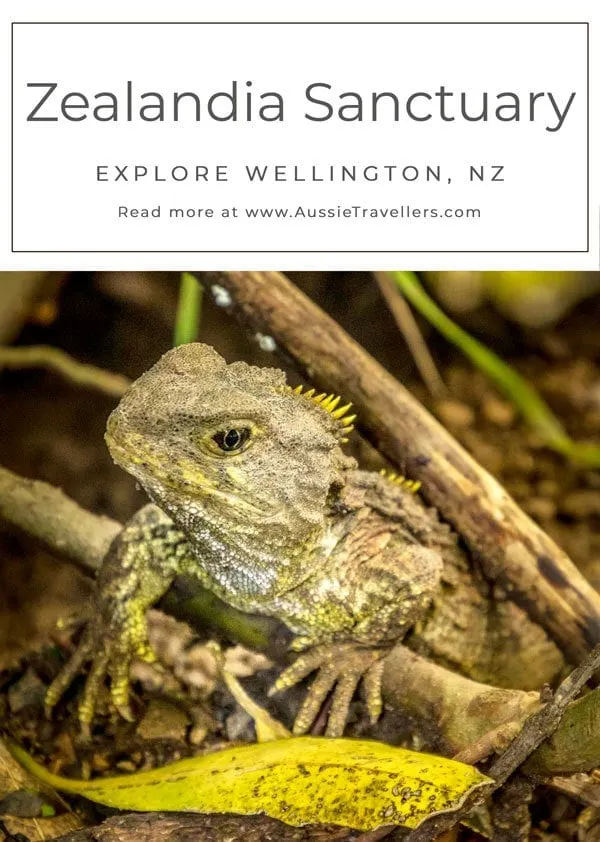
If you have any questions about our experience at Zealandia or planning your visit to Wellington please get in touch through the comment section below. If you have your own experience you’d like to share with others please feel free to add that too.
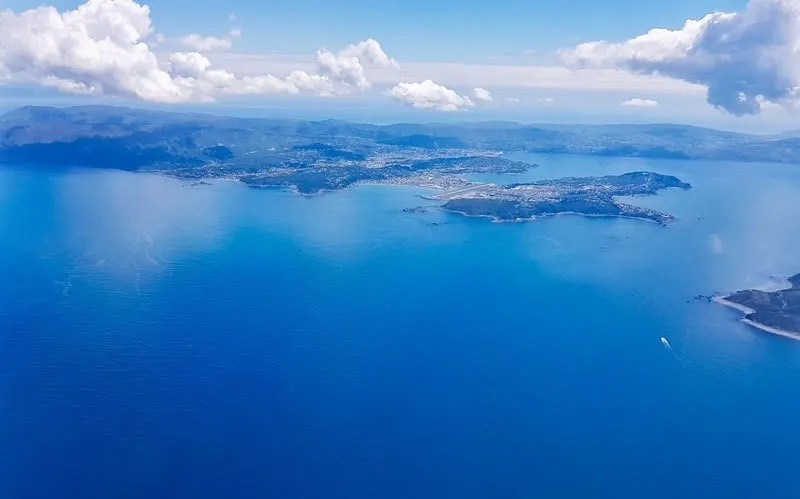
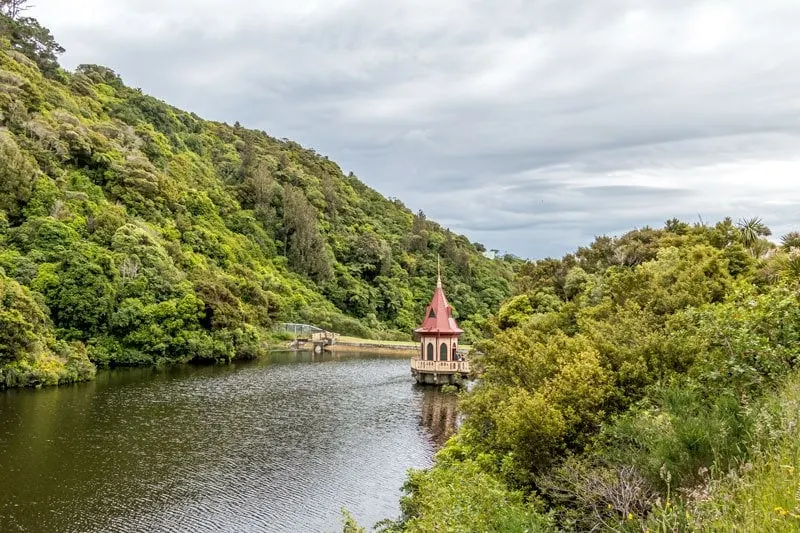
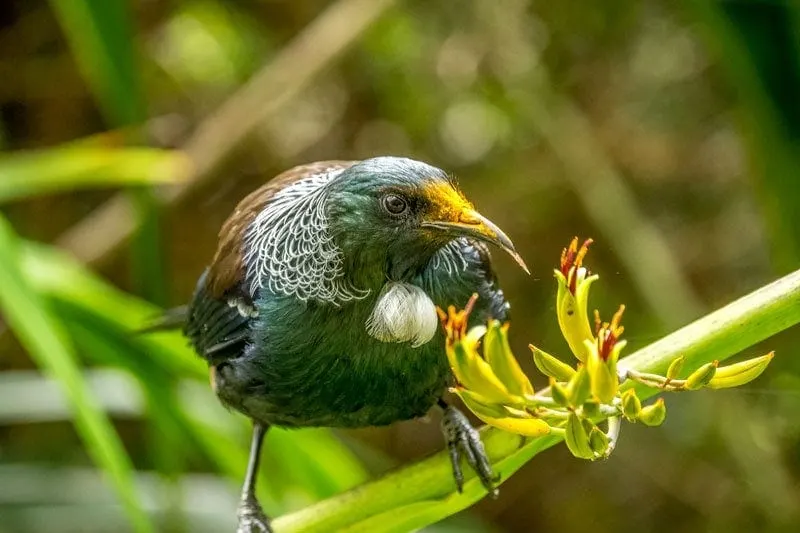
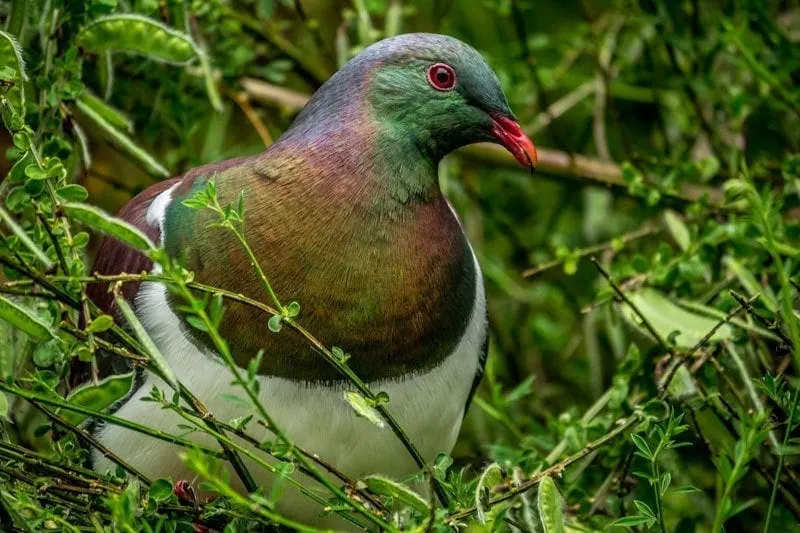
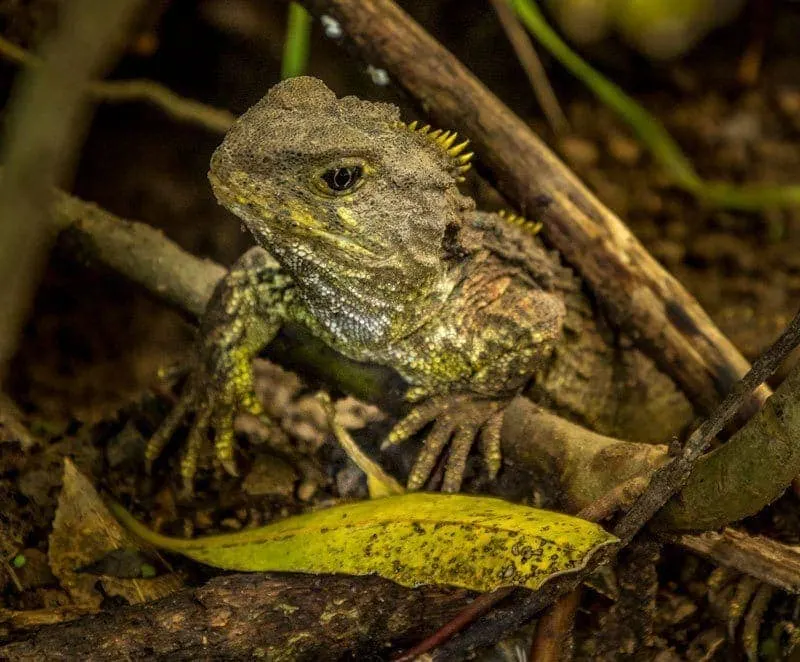
Ryan Biddulph
Sunday 6th of January 2019
How neat. We missed this sanctuary but plan to visit on a return trip. Also loving the commit to keeping balance and harmony, after so much of New Zealand was ravaged my foreign, exotic species, like possums. I saw 'em hit on the road and also saw a bugger poisoned on a goat farm we stayed at, in Lyttelton.
Toni Broome
Sunday 6th of January 2019
Between the possums and rats they have been quite a challenge for NZ's native species, it's a beautiful country and so good to see places like this and TiriTiri Matangi Island out from Auckland actively working to protect them and restore the balance.